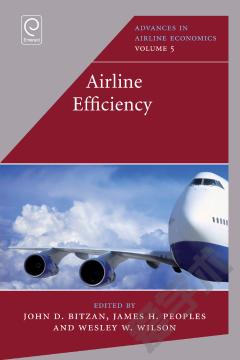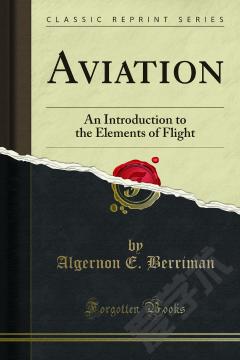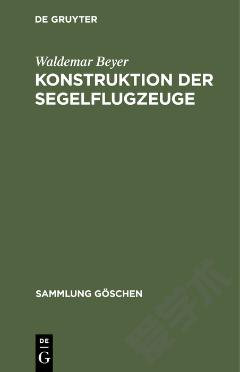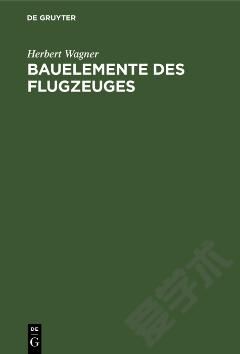Aircraft Performance
The range of an aircraft is the distance that can be flown while burning a specified mass of fuel and is one of the few simple performance parameters by which the commercial value of an aircraft may be judged. Any change in design which leads to an increase in range is always desirable because it gives either (i) a reduction in the fuel needed for a given distance, or (ii) an increased distance for a given fuel load. The reduced fuel of (i) reduces the cost of fuel for a specified flight and may also allow more payload to be carried for a specified total aircraft weight, provided there is the necessary space in the aircraft. The increased distance of (ii) allows the aircraft to fly over a long distance with fewer stops for refuelling and for a military aircraft it gives a valuable increase in the radius of action. Any flight involves take-off, climb, cruise, descent and landing but except for short flights the greater part of the fuel is used in the cruise and the emphasis in this chapter is on cruising range, although the fuel used in climb and descent is also considered. The speeds and heights that should be used in the cruise to give maximum range are discussed in some detail, taking account of the constraints that are usually imposed by Air Traffic Control. It is assumed that the aircraft is flying in still air, except in §7.12 where it is shown that a wind affects not only the range relative to the ground but also the optimum speed for achieving maximum ground range.
{{comment.content}}








 京公网安备 11010802027623号
京公网安备 11010802027623号